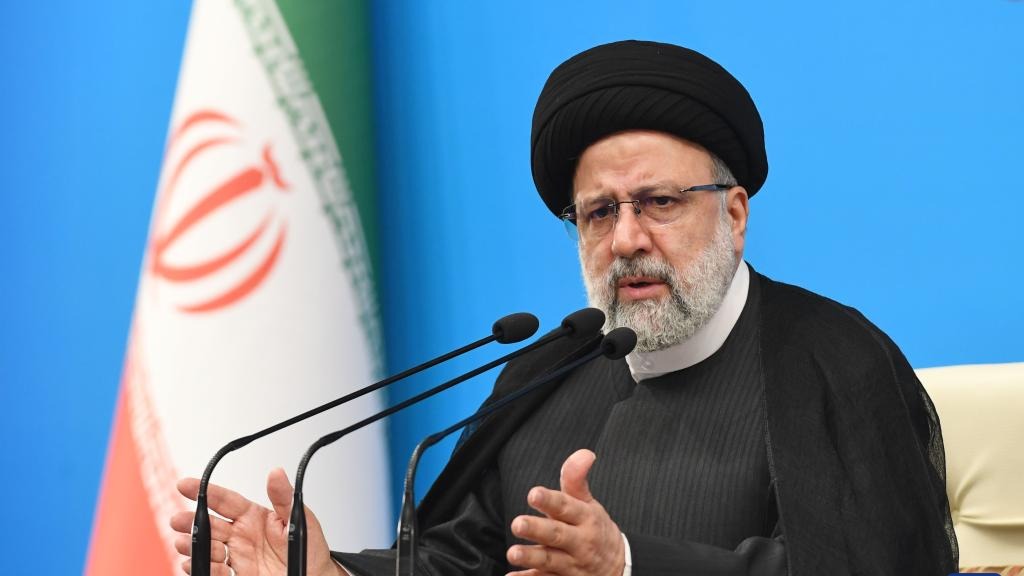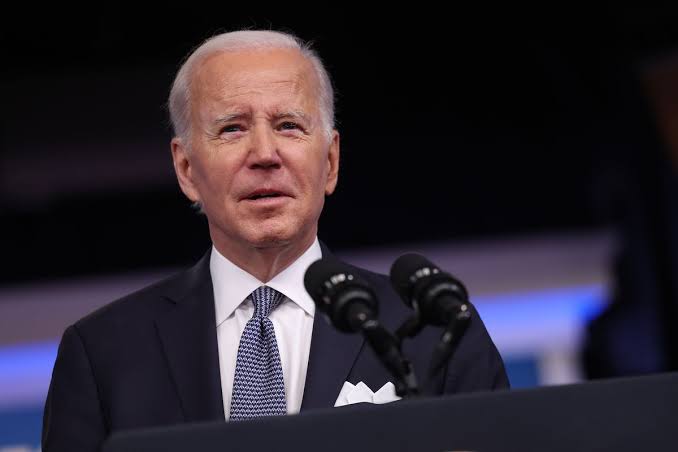Iran’s President Ebrahim Raisi has celebrated the inauguration of the last phase of the South Pars gasfield. The project, constructed by local contractors after foreign counterparts withdrew due to sanctions, was unveiled by President Raisi during his visit to the Asaluyeh region in the province of Bushehr. The president lauded the resilience and expertise of local officials and engineers who overcame nearly two decades of project lag caused by sanctions related to Iran’s nuclear program.
In 2018, foreign companies including France’s TotalEnergies and China’s CNPC exited the project following the unilateral withdrawal of the United States from Iran’s 2015 nuclear deal. Earlier sanctions had initially left the project dormant, but it was subsequently handed over to local contractors under the National Iranian Oil Company (NIOC). President Raisi emphasized that despite foreign companies abandoning the project, Iran remained committed to its completion.
Completion Ahead of Schedule: Raisi Lauds Local Expertise
President Raisi also highlighted the project’s exceptional aspects, including its early completion compared to initial projections. He mentioned that the achievement was partially facilitated by repurposing a platform from the discontinued Phase 12 of the South Pars gasfield and installing it at Phase 11. Reports from local media indicated that the platform, weighing 3,200 tonnes, was relocated with the assistance of a crane ship acquired from Russia.
A New Era in Energy: Local Innovation Triumphs
Notably, Iranian engineers managed to save approximately $800 million by repurposing an existing platform, Petroleum Minister Javad Owji announced during the inauguration. The completion of the project left foreign companies that had abandoned it “flabbergasted,” according to Deputy Petroleum Minister Mohsen Khojastehmehr.
International Implications: Global Recognition and Economic Benefits
Iran has begun extracting gas from the field, which is partially shared with Qatar, and is using an undersea pipeline to transport it to onshore facilities. Once fully developed, Phase 11 is expected to contribute significantly to Iran’s gas production capacity, adding up to 56 million cubic meters per day. Currently, the project extracts around 15 million cubic meters per day, while Iran’s total daily natural gas production is approximately 1 billion cubic meters. Iran also has plans to increase its production capacity by an additional 500 million cubic meters per day by 2029.
The news of the gasfield’s inauguration coincided with President Raisi’s participation in a BRICS meeting in Johannesburg, where Iran was invited to join the influential group as a new member. President Raisi also revealed Iran’s agreement with South Africa to renovate five refineries in the African nation, reflecting Iran’s dedication to fostering international partnerships and economic growth.
















